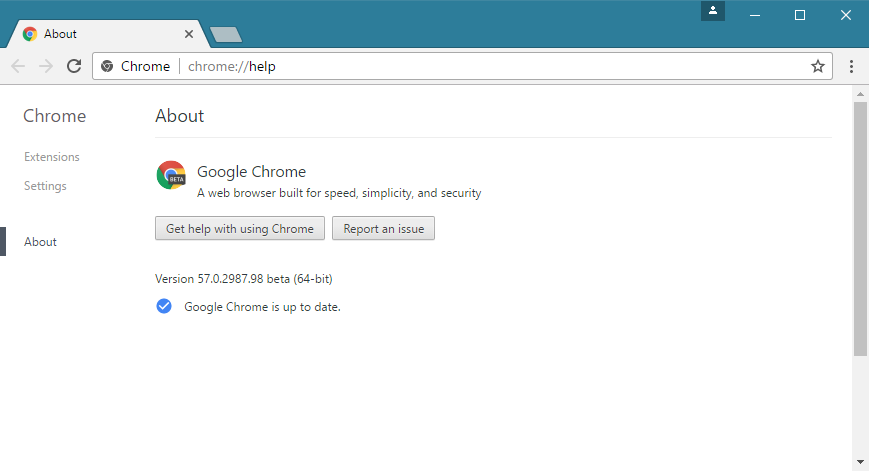Chrome 57 Download Mac
Chrome 57 Download Mac Mojave
ChromeDriver
|
-Step-5.jpg)
chrome for mac (Mac) Application available to download for free with CoollySoftware.com, The Best Way to download Mac Applications. Now time to explain to you, how to install chrome for mac Application on your Mac! For Mac and Windows, that process is very simple and fast, all you need to do is download .dmg (for Mac OS) .exe (for Windows) install files (it might be other file types, for example, .rar Archive type), now you just should open it, and go through the installation process, then you could easily use chrome for mac for your purposes. For Android install, the process is quite different, but it very easy too. To Use .apk files, downloaded from our website, you need to allow your device to use files from unknown resources. For that go to the Settings of your device, and find Allow installing apps from unknown resources pound, and set a checkmark in front of it. Now You could constantly install any .apk files downloaded from any resources. Then you need to open downloaded .apk file and go through the installation process too, now You could use chrome for mac Application on Android. With all of that, you can install software for any platforms, and know something more about chrome for mac Mac Application.

Google Chrome On A Mac
- For Mac and Windows, that process is very simple and fast, all you need to do is download.dmg (for Mac OS).exe (for Windows) install files (it might be other file types, for example,.rar Archive type), now you just should open it, and go through the installation process, then you could easily use chrome for mac for your purposes.
- How to download and install Google Chrome on Mac OS. I'm using a MacBook Pro 16 here.
Google Chrome Mac Os X
How do I download Google Chrome on a Mac Select the correct version and download the installation file Locate and Open googlechrome.dmg; Find Chrome and drag it to the local Applications folder - you might need admin permissions for certain file locations; Open Chrome; Open Finder; In the sidebar, to the right of Google Chrome, click Eject.


